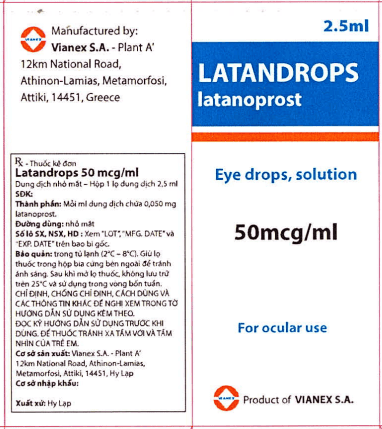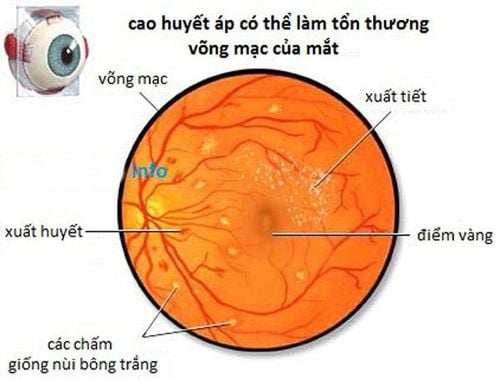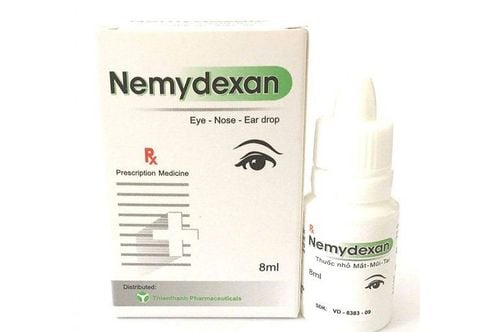This is an automatically translated article.
The article was written by Specialist Doctor II Nguyen Thai Hung - Ophthalmologist, Department of Examination & Internal Medicine - Vinmec Da Nang International General HospitalThe conjunctiva is a thin, clear, glossy membrane that covers the entire surface of the eyeball and the inner surface of the eyelid, ensuring that the eyelids do not adhere to the eyeball and can slide easily on the surface of the eyeball without causing damage. corneal injury.
1. What is the conjunctiva?
The conjunctiva is a mucous membrane that covers the surface of the eye, runs from the edge of the cornea to the free edge of the back of the eyelid, and folds at the same margin.The conjunctiva is made up of the epithelial layer connected to the parenchyma by the basement membrane. The base is a non-keratinized stratified squamous epithelium, containing goblet cells (monocytic mucinous glands) and other glandular structures, such as accessory lacrimal glands. The conjunctival parenchyma contains a lymphatic network with lymphocytes, mast cells, and macrophages, along with a dense network of blood vessels.
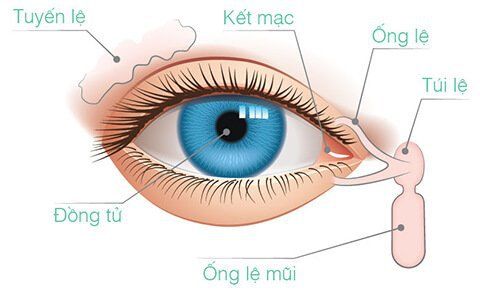
2. Function of the conjunctiva
The conjunctiva has the function of protecting the surface of the eye, helping the eyeball to move thanks to the folds in the sacrum and the semicircular folds. It is these effects that allow the eyelids to move freely without rubbing or irritation, relying on folds and loose connections with adjacent tissues.In addition, the conjunctiva also helps to smooth the surface of the eye and maintain corneal physiology, thanks to the secretion of glands in it. The conjunctiva also constitutes a protective barrier against external invasions based on the presence of the amygdala structure and the lysozyme component present in tears.
3. Structure of the conjunctiva
The conjunctiva is the part of the conjunctiva, which covers the eyeball, and the eyelid conjunctiva (eyelid cartilage) is the part that covers the structures inside the eyelids.The conjunctiva is controlled by the sympathetic and sensory nervous system. Macroscopically, the conjunctiva is divided into 3 parts:
The ciliary conjunctiva connects anteriorly with the free margin of the eyelid and covers the ciliary cartilage surface; The conjunctiva and the conjunctiva that follows from the posterior part of the ciliary conjunctiva (from the upper border of the upper eyelid cartilage and the lower border of the lower eyelid cartilage) rotates posteriorly and forms a sac with the conjunctiva; The conjunctiva consists of the conjunctiva that covers the surface of the eyeball, extending from the bottom of the map to the edge of the cornea.
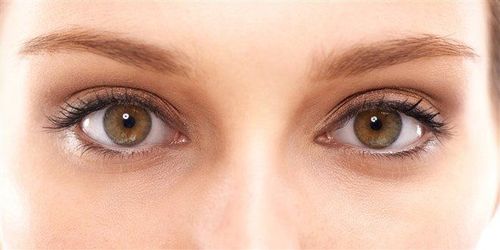
Conjunctival epithelium: Consists of 2 to 5 rows of cells. The basal layer is cylindrical cells and thins as it reaches the surface. In the case of dry eye disease or damage to the eyelids, causing the conjunctiva to be exposed for a long time, the epithelial layer will be keratinized. Conjunctival parenchyma: A buffered tissue containing many blood vessels separated from the conjunctival epithelium by a basal membrane. In particular, the conjunctival parenchyma contains many accessory lacrimal glands such as Krause's gland in the sacral sac, Wolfring's gland at the edge of the upper eyelid cartilage and sacral sac (a ductal cystic gland), etc. . Tears secreted from these glands play an important role in forming the tear film that protects the surface of the eyeball.
4. Identify diseases of the conjunctiva
Conjunctivitis also known as pink eye : The disease can occur at any age, Most cases of conjunctivitis are mild, do not damage the eyeball and do not affect vision Dry eyes : The most common subjects are office workers, who often have to come into contact with computers. Although not dangerous, the disease makes your eyes tired, gradually reducing your vision : Is a benign, slow-growing, and almost harmless lesion. However, in some cases, it can spread to the entire central cornea and affect vision. Trachoma: A manifestation of chronic conjunctivitis, caused by the bacterium Chlamydia trachomatis, characterized by the formation of red casts that reduce vision in the eye; The disease can be spread by sharing personal items with an infected person such as towels.

Examination and diagnosis of conjunctivitis is being performed routinely at Vinmec International General Hospital. With modern equipment and a team of experienced doctors, Vinmec International General Hospital has implemented many types of surgery from routine to difficult surgery, especially techniques that require aesthetics. . With enthusiasm and love for the profession, the team of doctors always gives customers the best service with the highest quality of service.
Vinmec is currently cooperating with leading experts at frontline hospitals in the country and abroad for diagnosis and treatment in order to bring the best medical examination and treatment to customers.
For detailed information, please contact the hospitals and clinics of Vinmec health system nationwide.
Please dial HOTLINE for more information or register for an appointment HERE. Download MyVinmec app to make appointments faster and to manage your bookings easily.






